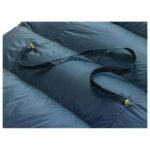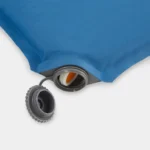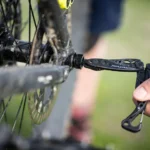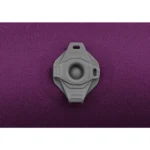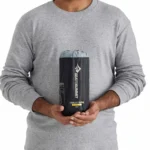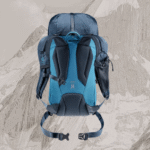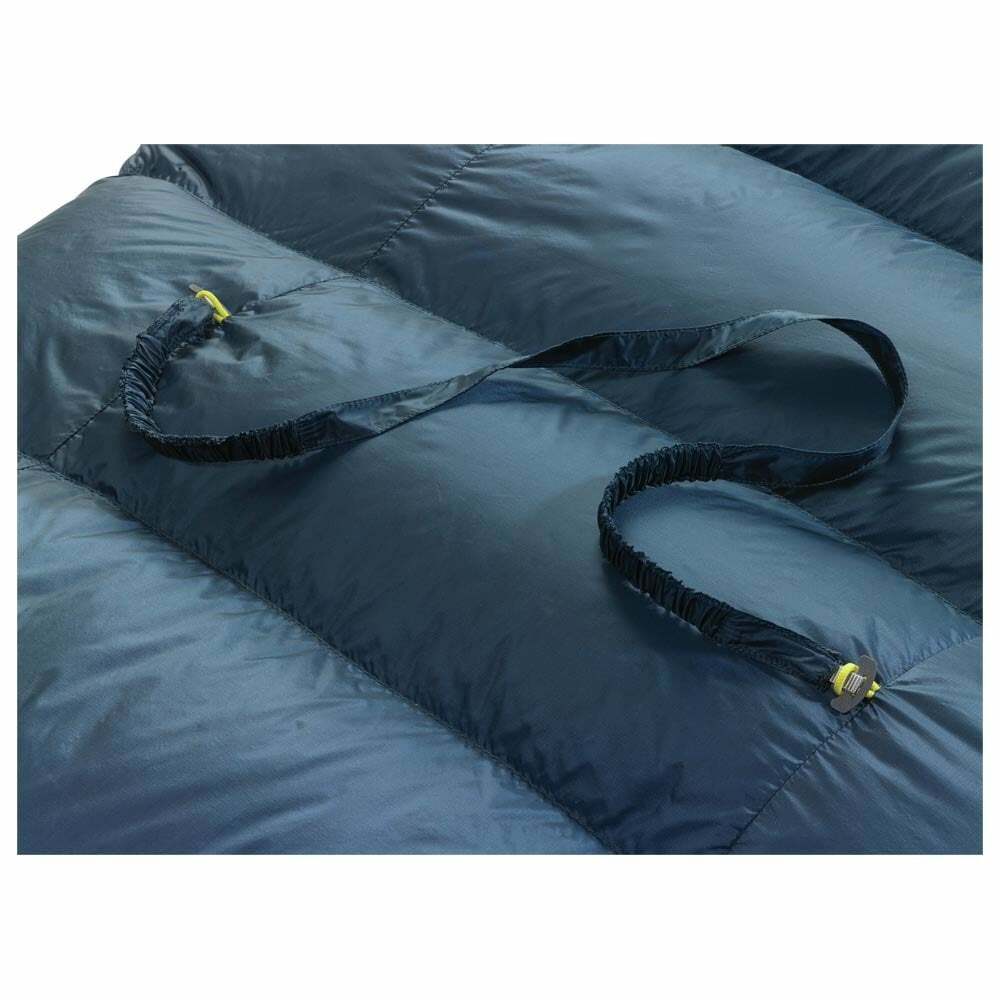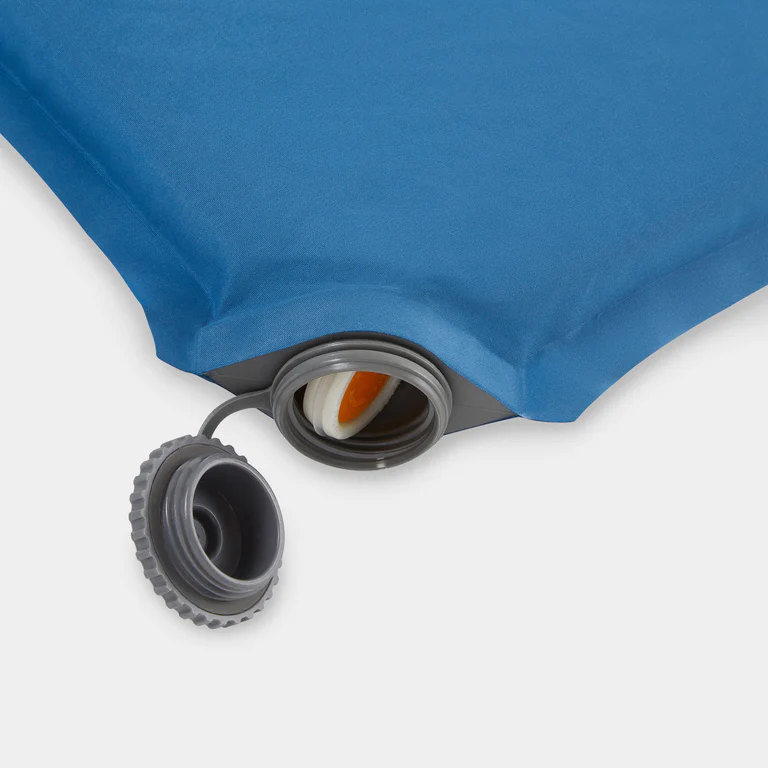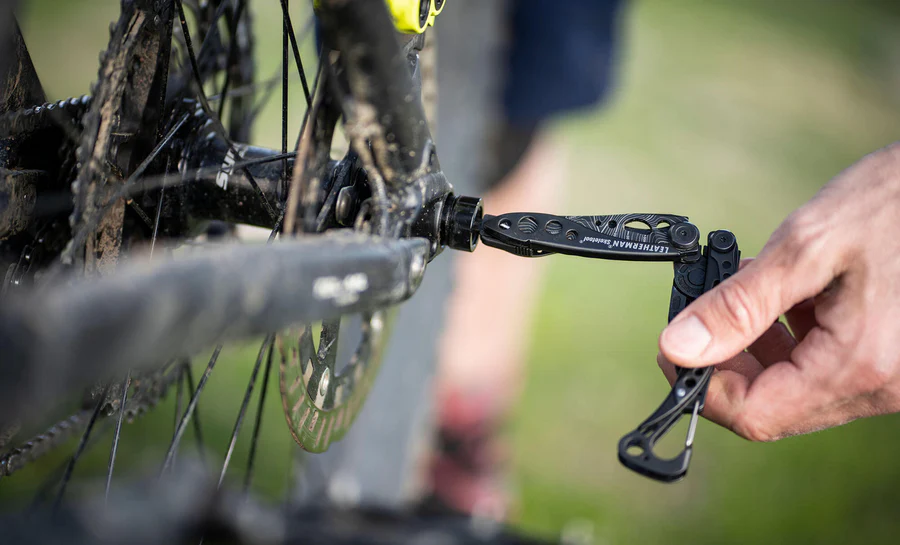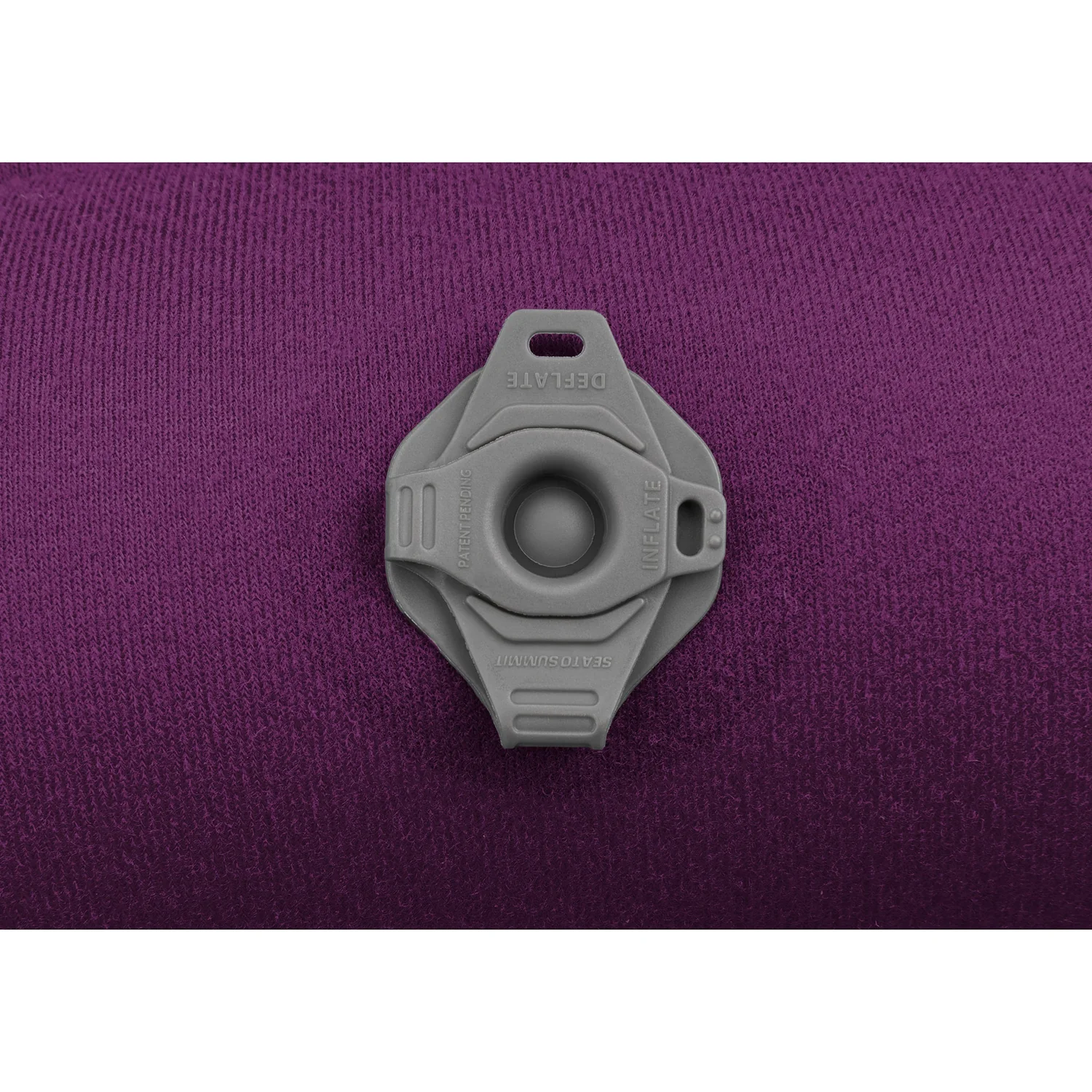
A Modern Classic, Refined
The MSR Hubba Hubba tent has long been a benchmark in the world of lightweight backpacking tents. Now in its latest iteration, it continues to offer a compelling mix of livability, weather protection, and packability—all in a sub-2 kg package.
Designed for three-season use, the Hubba Hubba is aimed at solo hikers and pairs who want a tent that’s light enough for long-distance treks but comfortable enough for extended stays. We tested it across UK hillwalks, wild camps, and multi-day trips to see how it performs in real-world conditions.
Key Specifications
| Feature | Details |
|---|---|
| Weight | 1.3 kg (minimum), 1.54 kg (packed) |
| Packed Size | 46 x 15 cm |
| Floor Dimensions | 213 x 127 cm (29 ft²) |
| Peak Height | 100 cm (39 in) |
| Vestibule Area | 2 x 0.7 m² (7.5 ft² each) |
| Doors | 2 side-entry doors |
| Poles | DAC Featherlite NFL hubbed system |
| Fly Material | 20D ripstop nylon, DuraShield PU/silicone coating |
| Floor Material | 30D ripstop nylon, DuraShield PU coating |
| Price | £450–£520 (varies by retailer) |
Design and Build Quality
The Hubba Hubba uses a freestanding, symmetrical design with a hubbed pole system that makes setup fast and intuitive. The DAC Featherlite poles are lightweight yet strong, and the color-coded clips ensure everything goes in the right place.
The rainfly and floor are made from 20D and 30D ripstop nylon, respectively, both treated with MSR’s DuraShield™ PU/silicone coating for excellent waterproofing. The zippers are smooth and snag-resistant, and the guy-out points are reinforced for durability in strong winds.
The tent feels premium in hand—everything from the stitching to the pole sleeves is built to last.
Interior Space and Livability
One of the Hubba Hubba’s standout features is its livability. With a floor area of 29 ft² and a peak height of 100 cm, it’s roomy enough for two people to sit up, change clothes, and sleep comfortably without feeling cramped.
Key Livability Features:
- Two large side-entry doors for easy access
- Two vestibules for gear storage (7.5 ft² each)
- Vertical sidewalls for more usable interior space
- Multiple gear loops and pockets for organisation
The symmetrical floor plan means no one gets stuck in the corner, and the vestibules are large enough to stash boots, packs, and cooking gear.
Weather Resistance
The Hubba Hubba is built for three-season conditions, and it handles wind and rain impressively well.
Rain Protection:
- DuraShield-coated fly and floor with fully taped seams
- Bathtub floor design keeps water out
- Rainfly extends low to block splashback
- Storm flaps over zippers prevent leaks
Wind Resistance:
- Low-profile shape sheds wind effectively
- Hubbed pole structure adds strength and stability
- Multiple guy-out points for extra security
In testing, the tent held up well in 30–40 mph gusts and sustained rain, with no leaks or pole failures. However, in extreme alpine conditions, a four-season tent would be more appropriate.
Ventilation and Condensation Management
Ventilation is handled via:
- Dual top vents on the rainfly
- Mesh inner canopy for airflow
- Gap between fly and ground for low-level ventilation
This setup works well in most conditions. On warm nights, you can roll back the fly for stargazing. On damp mornings, condensation was minimal—especially with both vents open.
That said, in humid or windless conditions, some condensation is inevitable. A quick wipe with a cloth in the morning usually solves it.
Setup and Packability
The Hubba Hubba is one of the easiest tents to pitch solo. The hubbed pole system snaps together quickly, and the freestanding design means you can move it around before staking it out.
Setup time:
- Inner only: ~3 minutes
- With fly: ~5 minutes
The tent packs down to 46 x 15 cm, fitting easily into most backpacks. The included stuff sack is roomy enough to repack without frustration, and the compression straps help reduce bulk.
Durability and Long-Term Use
After multiple trips, the Hubba Hubba shows minimal signs of wear. The floor fabric is tough enough to use without a footprint on grassy or forested ground, though we recommend one for rocky terrain.
The zippers, poles, and mesh have all held up well, and the fly’s waterproofing remains intact after several rainstorms.
With proper care—drying after use, storing loosely, and avoiding UV overexposure—the tent should last many seasons of regular use.
Pros and Cons
Pros:
- Lightweight and compact for a two-person tent
- Excellent interior space and headroom
- Dual doors and vestibules for convenience
- Superb waterproofing and wind resistance
- Fast, intuitive setup
- Durable materials and construction
Cons:
- Pricey compared to budget tents
- Poles can flex in very high winds
- Limited ventilation in hot, still conditions
- Not ideal for winter or alpine use
Comparison: MSR Hubba Hubba vs Big Agnes Copper Spur HV UL2
| Feature | MSR Hubba Hubba | Big Agnes Copper Spur HV UL2 |
|---|---|---|
| Weight | 1.54 kg (packed) | 1.42 kg (packed) |
| Floor Area | 2.7 m² (29 ft²) | 2.7 m² (29 ft²) |
| Peak Height | 100 cm | 102 cm |
| Doors/Vestibules | 2 / 2 | 2 / 2 |
| Price (UK) | £450–£520 | £500–£550 |
Both are excellent ultralight tents. The Hubba Hubba wins on ease of setup and durability, while the Copper Spur offers slightly more features and interior volume.
Ideal Use Cases
The MSR Hubba Hubba is perfect for:
- Backpackers who want a balance of weight and comfort
- Wild campers in the UK and Europe
- Bikepackers with room for a compact tent
- Couples or solo hikers who want extra space
- Three-season adventurers who camp in varied conditions
It’s less suited to:
- Winter or alpine expeditions
- Budget-conscious beginners
- Large groups or families
Final Verdict: Is the MSR Hubba Hubba Worth It?
The MSR Hubba Hubba remains one of the best lightweight backpacking tents available in 2025. It’s not the cheapest option, but it offers exceptional livability, weather protection, and ease of use in a compact, durable package.
If you’re serious about backpacking or wild camping and want a tent that can handle everything from spring showers to autumn gales, the Hubba Hubba is a smart investment that will serve you well for years.
Rating: 9.3/10 Best for: Lightweight backpackers, wild campers, and three-season adventurers Avoid if: You need a winter tent or are on a tight budget

